Local Officials Urge Fewer Neighborhood Poll Sites, More Area Poll Sites, More Mail-In Voting
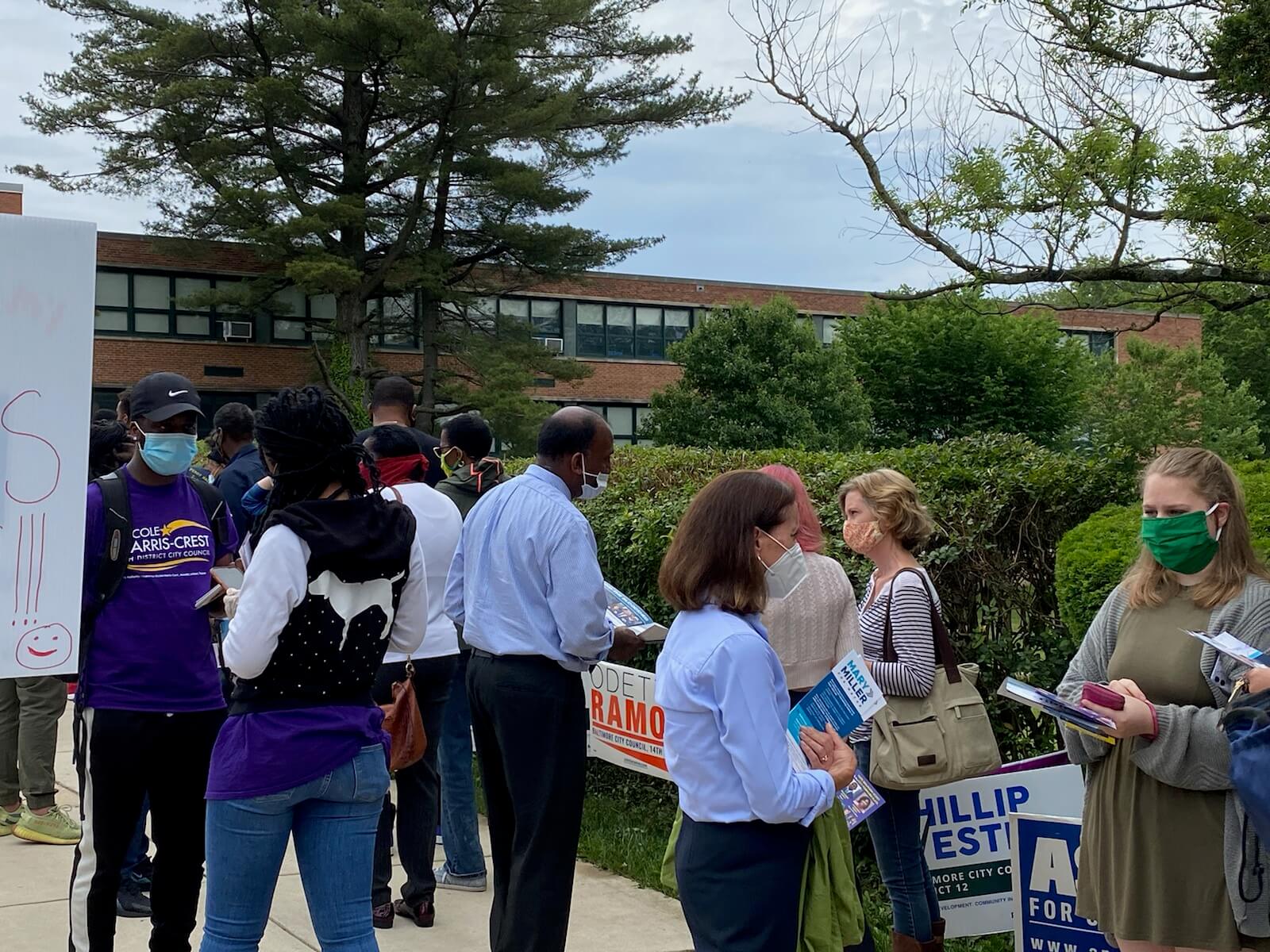
Election officials from around Maryland urged the State Board of Elections to reduce the number of voting locations because they do not expect to have enough election judges to staff polls.
“This is your final opportunity to adjust course and save the election in Maryland,” David Garreis, the president of the Maryland Association of Election Officials (MAEO), told the board at its online meeting Wednesday.
So far, local officials estimate they are short about a third of the workers they would need to open all polling sites as Gov. Lawrence J. Hogan Jr. (R) ordered last month.
Recruiting volunteers to work long hours steering thousands of voters through polling sites during a pandemic has been difficult. Many longtime poll workers initially agreed to work the election, but dropped out after consulting with families and friends, Garreis said.
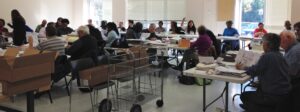
Montgomery County elections officials checking for possible duplicate ballots in 2018. Photo by Cheryl C. Kagan
Instead of opening every polling location, the association wants the State Board of Elections to allow jurisdictions to open several centralized voting centers.
MAEO’s plan calls for opening the same number of election-day voting centers as early voting sites, with the option of adding two additional centers in each jurisdiction, if needed.
Deputy State Elections Administrator Nikki Charlson said 79 or 80 early voting sites already are designated across Maryland.
The MAEO proposal allows up to 128 voting centers — far fewer than the more than 1,000 called for in Gov. Hogan’s plan. Vice Chairman Patrick J. Hogan (D) floated the idea of allowing local boards of elections to open even more centers.
Traditional polling centers, of the kind Gov. Hogan wants open for the November election, are neighborhood-based. But the voting centers MAEO recommends would pull voters from several precincts across a larger geographic area.
Garreis said local boards would seek large facilities for the voting centers, such as high schools, that would allow for more social distancing.
Under MAEO’s recommendations, voting centers would be open from Oct. 29 through Election Day, hosting both early and election-day voting.
The Nov. 3 election is about 90 days away, and Garreis said time is running out to change the election format.
“Failure to give us the tools we need to be successful is going to put the outcome of the entire election in doubt,” said Garreis, who is also Anne Arundel County’s deputy elections director.
State elections board member William G. Voelp (R) and Patrick J. Hogan agreed that the board may not have the authority to mandate the consolidated voting centers. The decision rests with the governor.
MAEO also asked the state elections board to set up a center to help local boards process mail-in ballot applications.
Board members will decide on the MAEO recommendations at a meeting at 2 p.m. Friday.
MAEO’s requests came days after Gov. Hogan slammed local officials’ requests to close some election-day polling centers.
Hogan issued his decision to hold a more traditional election after errors in the state’s largely vote-by-mail June 2 primary led to delayed results and long lines at polls.
In a letter to the State Board of Elections on Monday, Hogan wrote that Prince George’s County officials’ request to close 229 precincts and open only 15 could disenfranchise minority voters and keep many voters of color from making it to the polls.
But the governor didn’t seem to take issue with consolidating certain polling locations in that letter, and wrote that merging a few precincts is under local boards’ jurisdictions. The idea of opening such a limited number of polling centers as Prince George’s proposed, however, is one Hogan won’t entertain.
“Under existing state law, local boards do have the authority to make decisions regarding the consolidation of polling places in case of an emergency,” Hogan wrote. “However, merging two polling places into one is very different than closing 90% of all polling places in a county.”
“Rather than mail ballots to homes as he did for the primary, the Governor wants us to believe it is in our best interest to put voters, election judges and volunteers at risk, or to engage in the unreliable and overcomplicated process of sending absentee ballot applications because he refuses to mail ballots to the homes of Marylanders,” Alsobrooks wrote.
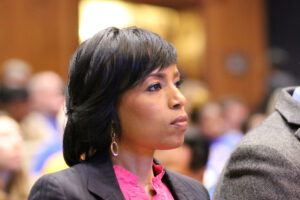
Prince George’s County Executive Angela D. Alsobrooks (D). Photo by Danielle E. Gaines
“The fact that the Governor, who is well aware that Prince George’s County has experienced the greatest amount of COVID-19 illness and death in the state, mocked our concern regarding a safe and responsible voting process for our citizens, demonstrates his high disregard for the health and well-being of the people in my County.”
Prince George’s County mailed 521,877 ballots in the primary election, and saw 231,711 returned. Only 8,880 voters opted to go to the polls, and Alsobrooks hoped to open more voting centers over a larger time frame.
Vice-chairman Hogan and fellow board member Malcolm L. Funn, the two Democrats on the panel, still hoped to recommend a largely mail-in election to the governor.
Vice-chairman Hogan said he’d lost sleep worrying about the shortage of election workers, and urged Republican board members to recommend automatic mail-in voting.
“I’m pleading one last time for this board … to recommend mailing every registered voter a ballot, and having as many early voting sites, and as many election day sites as possible with the staffing that the [local boards of elections] can produce,” the vice-chairman said.
The five-member board previously split along party lines in recommending an elections format to the governor. Funn and Vice-chairman Hogan recommended automatic mail-in voting and the board’s Republican majority recommended applications for mail-in ballots, citing concerns over voter confidence and fraud.
Funn pushed back on those claims during the Wednesday afternoon meeting.
“There has been no factual indication that mail-in ballots has create fraud,” Funn said.
Republican Voelp said he wants to work to make Hogan’s plan work rather than change the board’s recommendation at this late stage.
Eleven Maryland counties say they won’t be able to open all of their polling locations for early voting and election day as they face a massive shortage of workers.
Allegany, Anne Arundel, Carroll, Charles, Frederick, Harford, Howard, Queen Anne’s, St. Mary’s, Talbot and Washington counties all requested polling location changes during the virtual meeting.
Board members will consider the consolidations at their Friday meeting, after they mull the MAEO recommendations.
Calls for the governor to reverse course and conduct a mostly mail-in election on Nov. 3 have grown since he decided to hold a more traditional election.
The governor has repeatedly said state law requires all polling centers to open, but voting rights advocates, local election officials and Democratic lawmakers say his plan will disenfranchise voters.
Advocates have touted the successes of the June 2 largely-mail-in primary — including very high voter turnout and a vast majority of ballots being delivered correctly — as reasons to hold the upcoming general election by mail.
Also at the meeting Wednesday, Del. Michele Guyton (D-Baltimore County) floated the idea of opening curbside voting for the Nov. 3 election. Guyton said curbside voting, wherein voters remain in their car to cast their ballot, would be safer for voters and election workers.
“I’m not willing to stand in line with a lot of other people at polling places, or to volunteer as a poll worker,” Guyton said, adding that many might be comfortable with both if curbside voting was in place.
In keeping with the governor’s decision, the State Board of Elections approved a draft for the state’s mail-in ballot applications Wednesday.
Board members also set the deadline for requesting a mail-in ballot to Oct. 20.
MAEO had requested the deadline be moved from Oct. 27 to give election officials more time to process vote-by-mail requests and send out ballots.

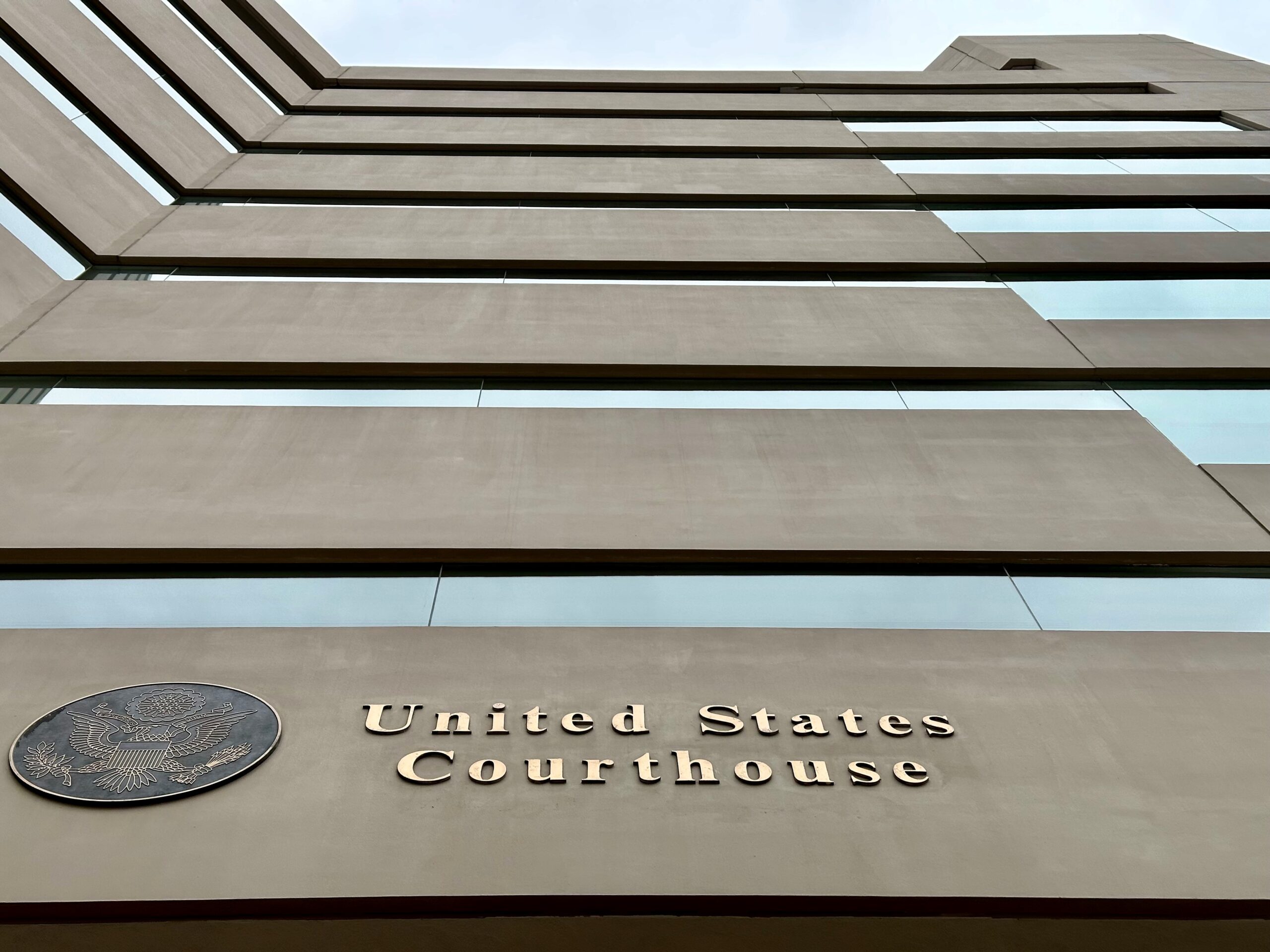
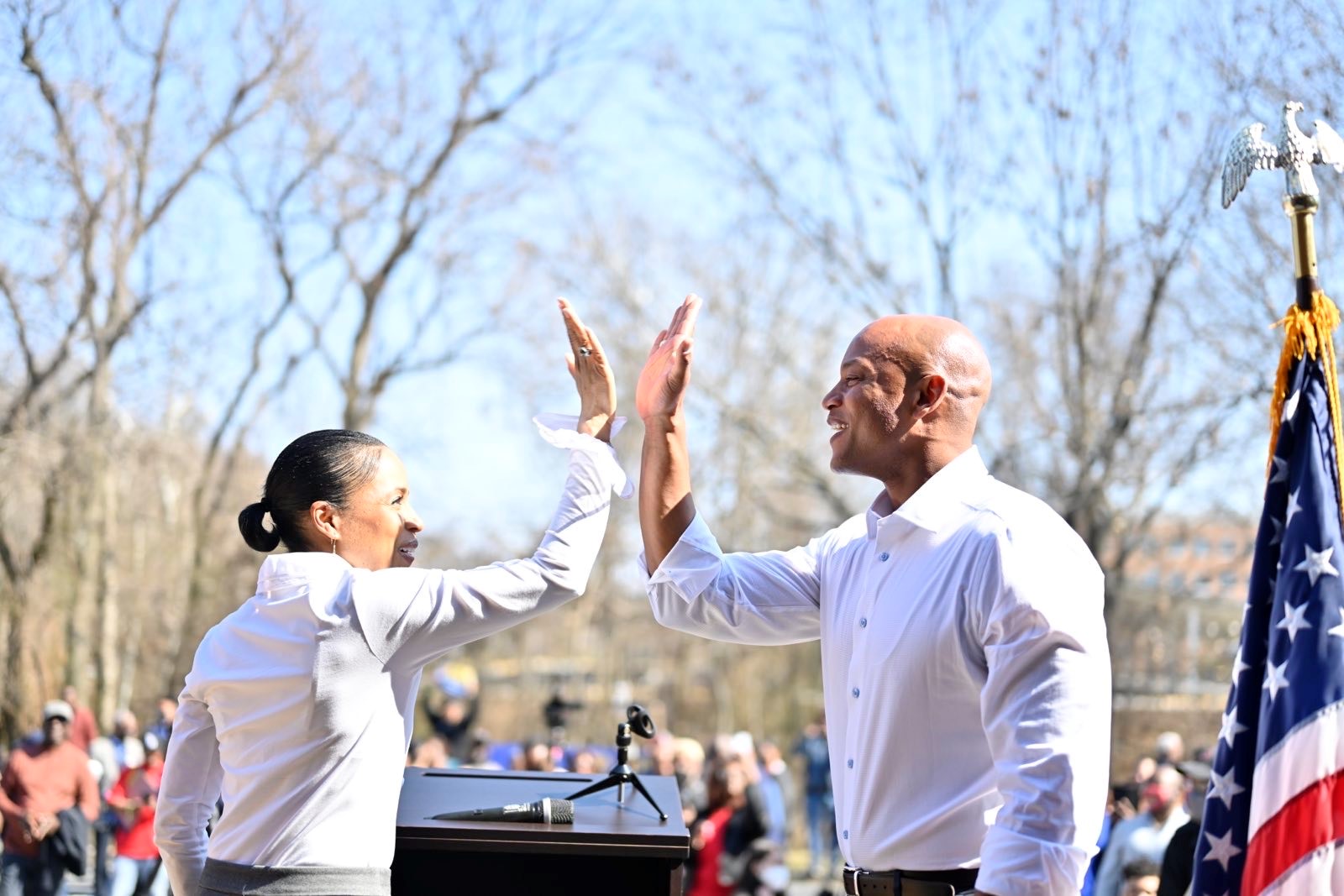

 Creative Commons Attribution
Creative Commons Attribution